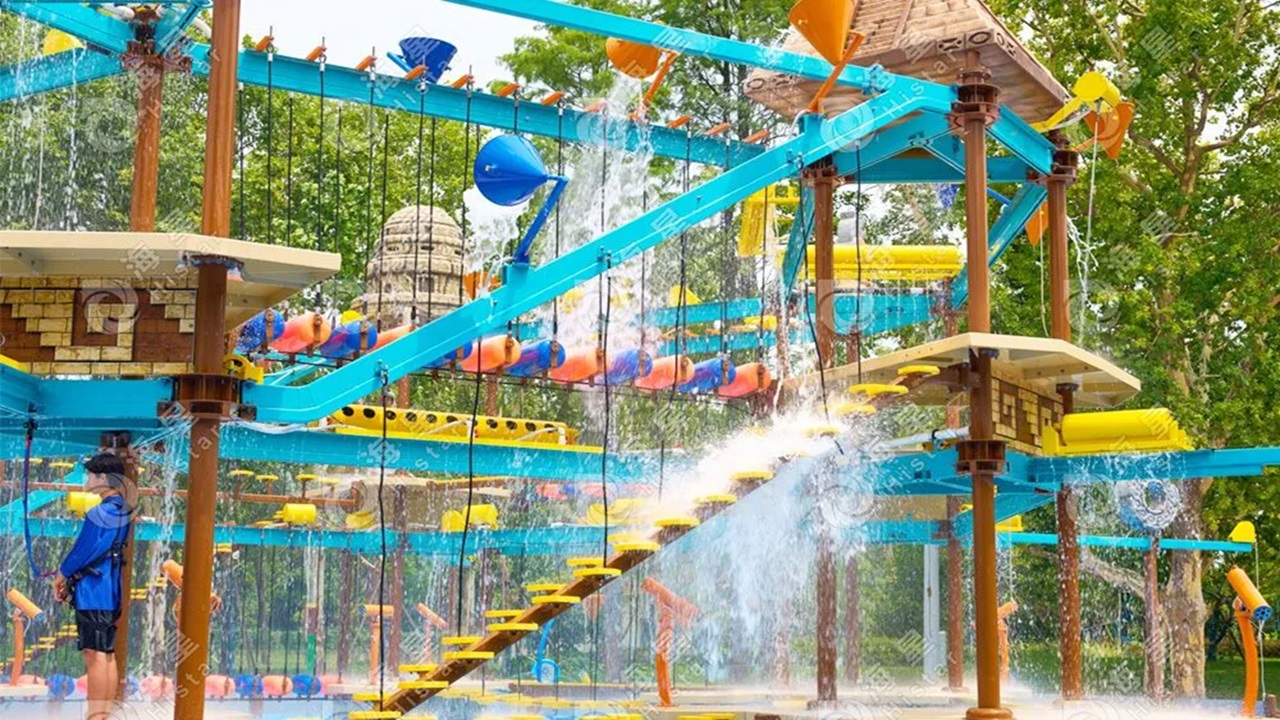Constructing a splash pad in a community park or any public place should be encouraged as it allows families to play and have fun. However, many communities struggle with how to create this water feature while maintaining a reasonable price range. Histar is a splash pad manufacturer offering reasonable prices. By strategic planning for the designing of the splash pad, it is feasible to have a fun splash pad and at the same time cheap. Here is how you can construct a cheap splash pad for any community.
Plan a Scalable Design
The most effective approach to cost containment is a scalable design. Splash pads do not have to be big or fancy at first. As much as flexibility leads to high initial expanses, it also allows space for future expansion creating better project fit within the current budget. A basic splash pad design can have ground jets and spray features that any child can play with right away. Anytime development funds become available in the future, related features such as themed structures or complex water features can be incorporated. It also prevents the project from investing a lot of money in the initial stages and yet the project can be improved in the future.
Choose Durable and Low-Maintenance Materials
The selection of materials for the splash pad can affect the cost of installation and future expenses for its maintenance. It will be more expensive in the short run to invest in quality and long-wearing materials because the more frequently they will have to be replaced. Durable and corrosion and weather resistant materials should be used in splash pads especially where there is high traffic or extreme weather conditions. For instance, stainless steel is used in splash pad fixtures since it is very hard to wear and can be easily cleaned. To be more specific, some important aspects to consider for a splash pad include a non-slip surface, UV-resistant materials, colors, and designs. These features enhance the safety of children and help maintain the structure for several years. Using low-maintenance materials means that less cleaning and repair is needed, which in the long run saves money.
Keep the Design Simple
Despite the desire to install all sorts of features, one of the most effective ways to reduce costs is to avoid complicating the design of the splash pad. Splash pads with only ground-level water nozzles, misters, and simple water play structures are as much fun as those with big structures. In this way, communities can design a water playground that children will like without investing too much money into unnecessary water features. The simple designs also are easy to maintain and therefore have low operational costs in the long run.
Use Recycled Water Systems
Another aspect that has to be integrated into designing a splash pad is the water factor. If possible, the best approach recommended is the implementation of a water re-circulation system whereby the water will have to be transported, treated, and circulated for use. Such a system can significantly decrease the amount of water used helping to lower operating expenses as well as the gpms emitted into the environment. Since the installation of a recirculating water system is likely to cost more than any other form of drain-away system, proponents of this system reiterate the cost saving on the water bills that is very much realizable by any community that has a hugely constrained budget. However, there is also often an upfront cost associated with such projects; on the positive side, many of the municipalities involved may have grants or incentive programs for water projects that are ‘green’.
Promote the Local Businesses and Organizations
There are various ways through which one can minimize the cost of constructing a splash pad, for instance, the sponsorship of local dealers. A majority of companies are willing to contribute to a community project and some can provide donations, sponsorships, or material support in return for additional promotion on the splash pad. They can also be made with non-government organizations or locally based governmental projects that may finance the development projects of the particular community. These partnerships alone can even supplement expenditures and secure the guarantee of continual support for the success of the splash pad from the community.
Conclusion
It is therefore possible to construct a cost-efficient splash pad for a community by considering the above factors. If one is to understand the needs of the community, select long-lasting materials, make the design simple, and look for a sustainable water source, one can build a splash pad that will be a joy to families and yet within the set budget. Planned cooperation and concern with the sustainability of the splash pad would let it continue to be a valued and attractive place for people in the community for several years while bringing joy to every resident of any age.


